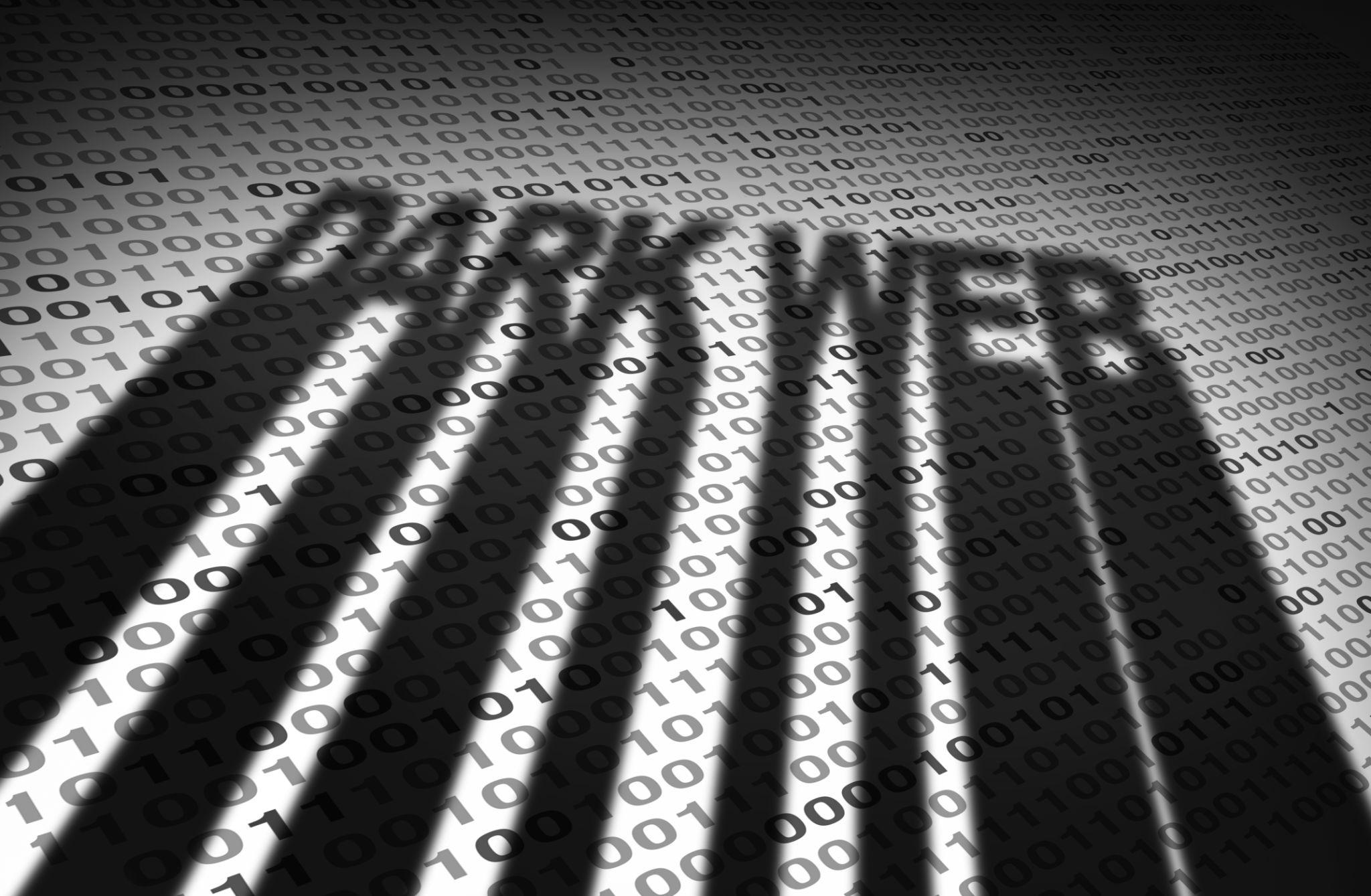Dark Web Monitoring for SMBs: Why It Matters and How to Start
Understanding the Dark Web
The dark web is a part of the internet that is not indexed by traditional search engines. It requires specific software to access and is often associated with illegal activities. However, it is also a hub where sensitive data, including personal and business information, can be bought and sold. For small and medium-sized businesses (SMBs), understanding and monitoring the dark web is crucial to protect their data and reputation.

Why Dark Web Monitoring Matters for SMBs
Small businesses often assume they are not targets for cybercriminals, but this is a dangerous misconception. Hackers know that SMBs may lack the resources for robust security measures, making them attractive targets. Information such as customer data, proprietary business information, and even employee details can be compromised and sold on the dark web, leading to severe financial and reputational damage.
Dark web monitoring helps businesses detect when their information has been compromised. Early detection can significantly mitigate potential damage by allowing businesses to take swift action to rectify breaches before they escalate.
Steps to Start Dark Web Monitoring
Starting a dark web monitoring process involves several steps aimed at ensuring your business remains safeguarded from potential threats. Here’s how you can begin:
- Identify Sensitive Data: Determine what data is critical to your business, such as customer information, financial records, and proprietary data.
- Choose the Right Tools: Utilize reputable dark web monitoring services or software that can scan the dark web for your sensitive information.
- Set Up Alerts: Configure your monitoring tools to alert you when your data appears on the dark web, enabling timely responses.

Selecting a Dark Web Monitoring Service
When choosing a dark web monitoring service, it’s vital to consider factors such as reputation, coverage, ease of use, and cost. Look for services that offer comprehensive monitoring across numerous dark web platforms and provide real-time alerts. Additionally, ensure that the service offers an intuitive interface and excellent customer support.
Some popular options include services like ID Agent, LastPass, and SpyCloud, which are known for their reliability and expansive reach. These services typically offer dashboards that provide insights into any potential threats detected.
Maintaining Ongoing Protection
Dark web monitoring is not a one-time solution but an ongoing process. Consistently reviewing alerts and updating your monitoring parameters as your business grows will help maintain robust protection against cyber threats. Additionally, consider integrating other security measures like employee training on cybersecurity best practices and regular data backups.

The Role of Employee Awareness
Employees play a crucial role in maintaining cybersecurity. Regular training sessions on recognizing phishing attempts, creating strong passwords, and understanding the importance of data security can significantly reduce vulnerabilities. Your team should be aware of the risks associated with data breaches and the role they play in preventing them.
By fostering a culture of security awareness, SMBs can make significant strides in protecting their data, reducing the likelihood of it appearing on the dark web in the first place.
Conclusion
Dark web monitoring is an essential component of any SMB’s cybersecurity strategy. By understanding the risks and implementing effective monitoring and response strategies, businesses can protect themselves from potentially devastating breaches. Investing in dark web monitoring not only safeguards your business but also builds trust with customers who value their privacy.
As cyber threats continue to evolve, staying ahead with proactive measures will ensure that your business remains secure and resilient in the face of digital challenges.
